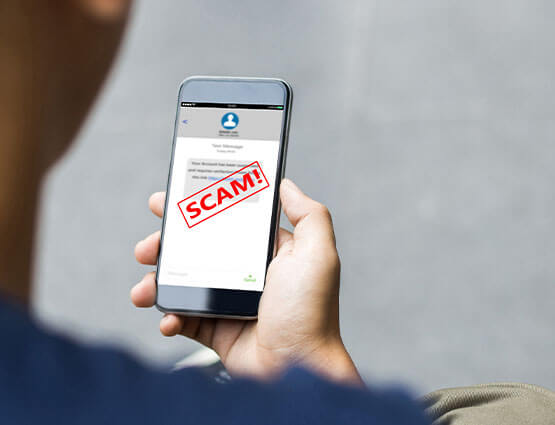Best Practices for a Strong P@s$w0rd
Key Takeaways:
- Don’t include easy-to-guess personal information like your pet’s name in your password.
- Make your passwords at least 12 characters long and include numbers and special characters for added complexity.
- Create different passwords for each account and store them securely.
Creating a strong password is a vital defense against unauthorized access to your online accounts. That’s why so many websites require one. Strong passwords protect you from hackers and malicious software. Here’s how to create them.
1. Creating a strong password: It’s nothing personal
Never include easy-to-guess personal information in your password, including:
- Your name
- Username
- Email address
- Company name
- Spouse or partner’s name
- Birthdays
- Pet’s name
2. Think passphrase, not password
Experts recommend making your password at least 12 characters long. Instead of using a single word and adding characters, try creating a strong password that’s an easy-to-remember acronym. For example, “My dog’s birthday is March 8, 2021” could be translated to the strong password: "mdbi8march07."
3. Get creative
Strengthen your password even further and have fun with it. Combine upper and lowercase letters, numbers and symbols like @, $, and &, if they’re allowed. For example, “mdbimarch8221” could become: MiDog$_BrthdAiz_821.
4. Change is good
When you bank, shop, and pay online, the passwords add up, and it can be tempting to use the same ones over and over for convenience. Unfortunately, this makes life more convenient for hackers, too. If they crack one password, they crack them all. It also opens you up to a specific kind of scam called credential stuffing.
Try to use a different password for each account. If you’re worried about remembering them, make them specific to the site or account. For example, your password for an outdoors store could be: iLuvH!k1ng. Your password for a beauty store could be: Lo0kgr8Feelgr8.
5. Stay safe
If you need to write down or otherwise store your passwords in one place, don't include the word “password” or “login.” Find a place to hide your list other than in your wallet or on your phone. You can also consider using a secure password manager app like LastPass, Dashlane, or 1Password.














